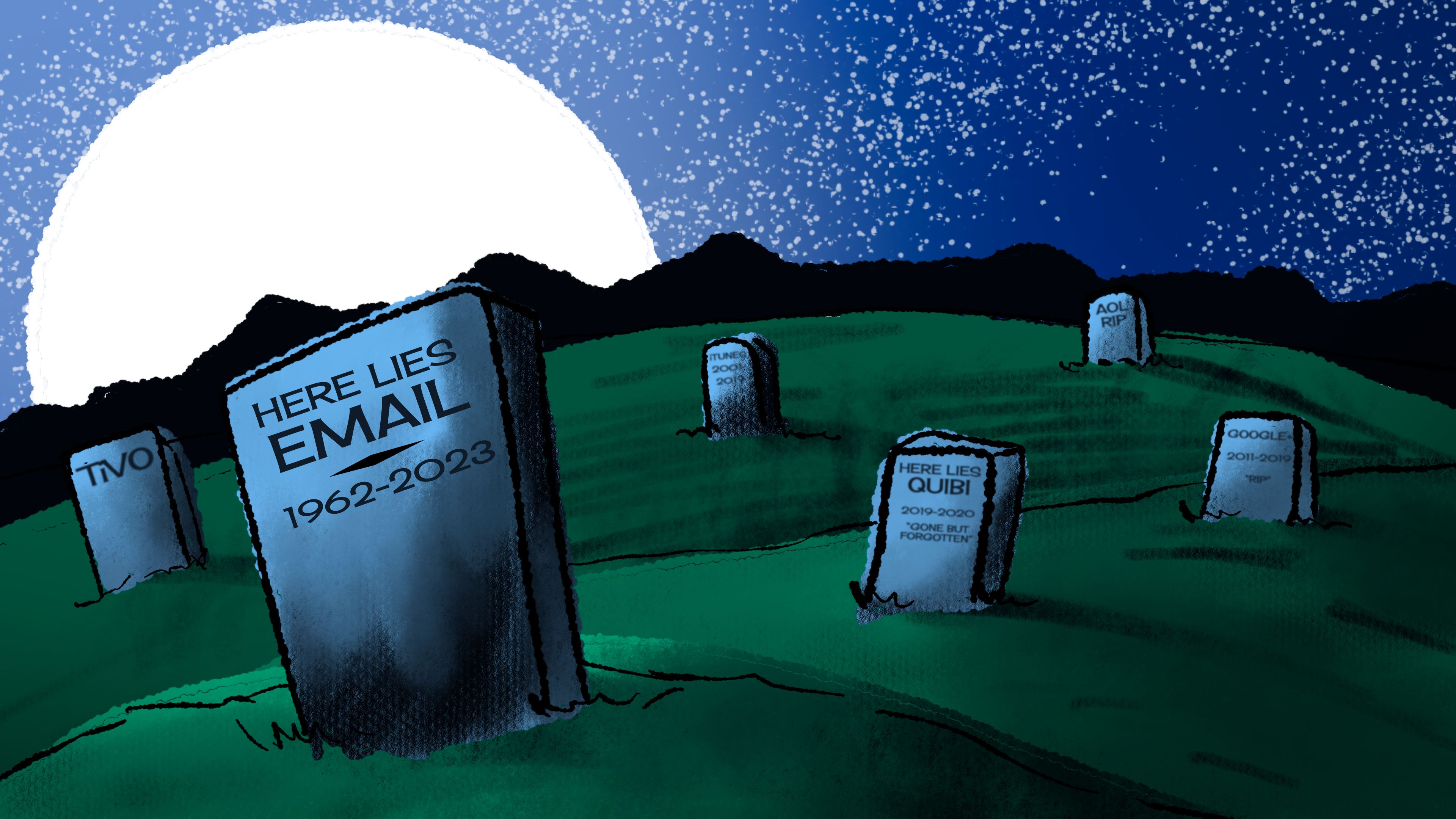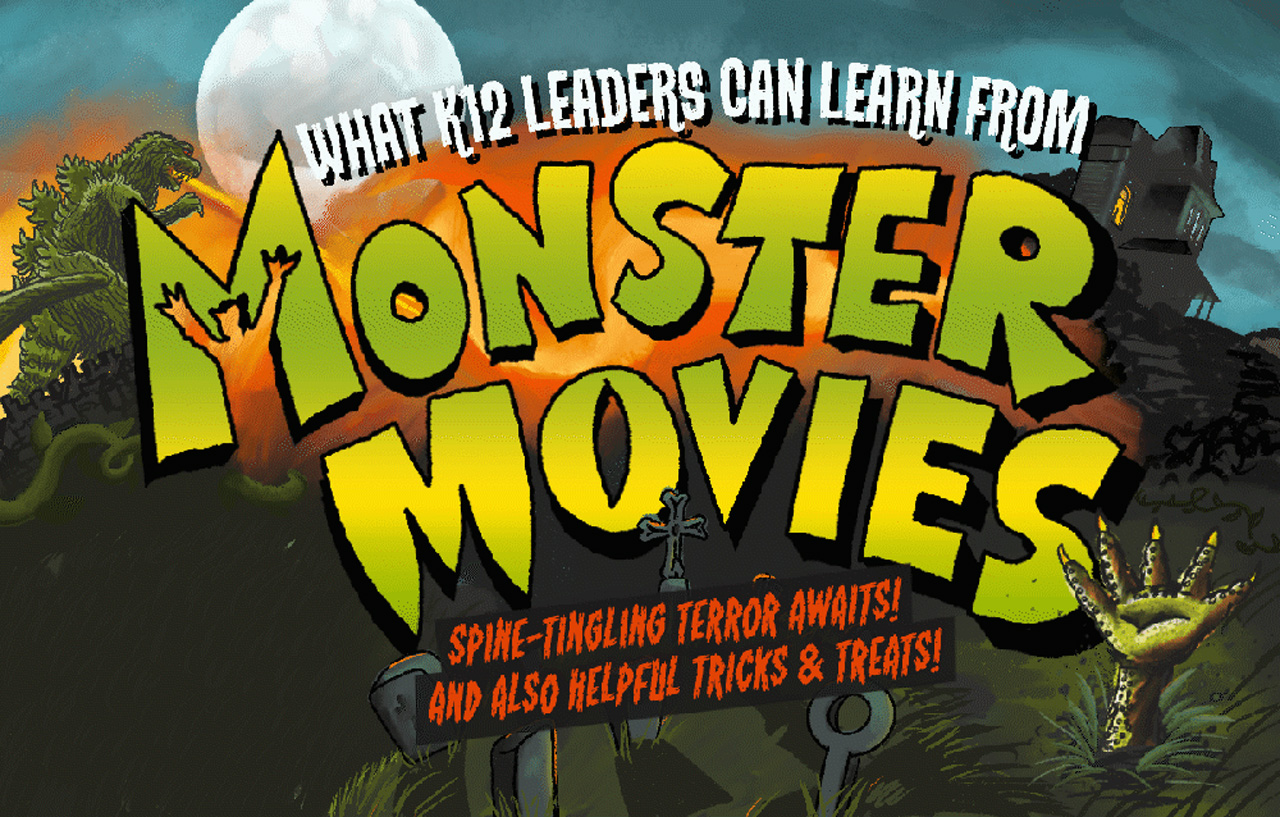
Remember when email was a novelty?
It wasn’t all that long ago that the world first opened up to a communication model that no longer revolved around telephones. Now, 25-35 years after most of us opened our first email account, we’ve reached another crossroads in the way people interact with each other.
Today, there’s certainly no shortage of ways for people to communicate using technology. In fact, we’ve shifted from email being a crucial information hub to email distracting us from our actual work with the administrative upkeep it demands.
But if email is on the way out, what’s going to take its place? The answer to that question is as vast and varied as the Internet is full of trolls and catfishes. But let us focus on those most useful in a professional setting—after all, not every communication is created equal. Want to stay ahead of the curve? Start thinking about how you can make these alternatives work for you:
Push Notifications
Technology has become all-encompassing, so naturally folks are looking to manage the time they spend tethered to their devices. Push notifications help us by sending time-sensitive updates. Now we know at a glance whether we need to look at something right away or save it for later, and we don’t even have to take the additional step of unlocking our screen.
One of the underrated benefits of push notifications is the opportunity they afford you to cut huge chunks out of your email clutter. Visit the email preference pages in your most frequently used programs and disable all but the most important. More often than not, there’s little benefit in being informed of the same event more than once. Imagine how many hours you might save over the course of a year if you always knew exactly what items demanded your attention and where.
A bonus tech-fatigue tip: Push notifications can also be adjusted so that only the most urgent result in an audible alert or show on your lock screen.
Instant Messaging
Instant messaging (IM) was texting before texting was a thing. Even if you missed the early adopter period back in the '90s, you were most likely aware of the impact it had on the digital landscape. For many, instant messaging was the first introduction to an online community that has grown to dominate our culture. As has been the case with so many groundbreaking advancements, kids took the lead and made IMing popular.But now? As email continues to lose its efficacy and the workplace extends beyond the four walls of buildings, organizations are looking for an alternative. Think about it: how many times throughout the day do you need to ask someone a quick question only to end up waiting on a reply for hours? Sure, you can pick up the phone, but if it rings through to voicemail or you get a busy tone, that’s more time wasted and you’re right back where you started.
Instant messaging naturally made its way into workplace communication. Now, instant messaging platforms and applications are designed just for communication between schools and home. In so many ways, we can remain connected instantly despite our geographic locations. While there’s plenty to critique about constant connection, these platforms can help keep families engaged.
Native Content
“Reach them where they are” is a familiar rallying cry in the push for improved communication, and we’re finally trending in the right direction. For many years, we have relied on email for information and updates regarding the technology we use, both in our personal lives and for work. But wouldn’t it make more sense for that content to appear right in front of us when we actually need it?When new features are available to you in one of your favorite systems, would you rather read about them in an email attachment and try to remember everything on your own, or be alerted to them as you are working on something relevant?
Native content is not exclusive to updated features, either. It’s also a great way to reach a wider audience than you might through other mediums. How many times has someone told you, “Oh, sorry, I must have missed that email”? With native content, you can put announcements, requests, and culture-building news items directly in front of your stakeholders in a place where you know they can’t miss it.
Whether it’s your SIS or your ERP, there’s bound to be at least one central platform that you know your staff will have to use during the course of an average day. Imagine how convenient it would be to stick your messages right on their dashboard so it’s the first thing they see when they log in.
Social media
Especially for parent engagement, social media is where it’s at. The conversations happening there are fast paced, some more than others—only the bravest venture into Twitter for news, while platforms like Instagram offer a break to enjoy some nice visual communication.Still, you can’t beat meeting families where they’re already lurking and engaging.
What Happens to Email Now?
A funny thing starts to happen when you embrace alternative communication methods: You find your inbox looking cleaner than it’s ever been, emails that would otherwise have been lost in the shuffle become much harder to miss, and you can start to focus more of your attention on the threads you’re involved in because there are fewer of them to keep track of.Imagine how much more enjoyable your vacations would be if you didn’t have to think about how much of a disaster your inbox would be when you got back.
Like any project, the move to a more modern communication approach is one that needs to be managed closely in the early stages. It can be too tempting for us to fall back into our old habits, making the same mistakes with our new tools as we have with email. The importance of coaching and development cannot be overlooked.
Email’s not going anywhere for now, but it’s time to stop relying on it as the be-all and end-all of digital communication. Our productivity and our budgets–to say nothing of our sanity–are just too valuable.
WHAT'S NEXT FOR YOUR EDTECH? The right combo of tools & support retains staff and serves students better. We'd love to help. Visit skyward.com/get-started to learn more.

|
Advancing K12 Staff Edtech Thought Leader |




